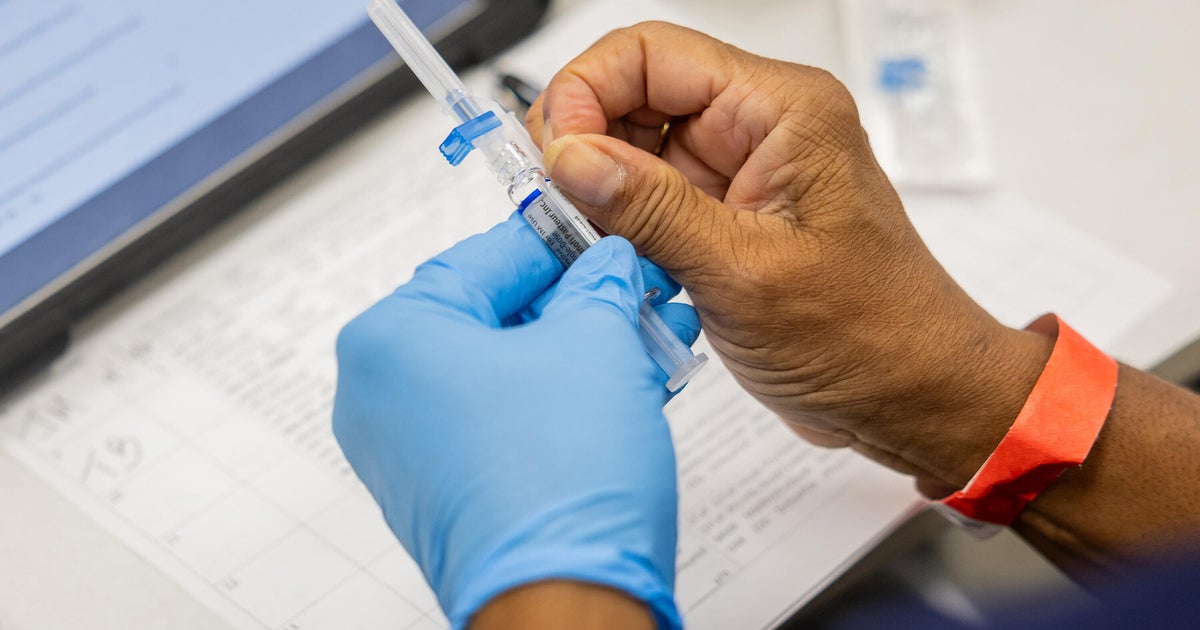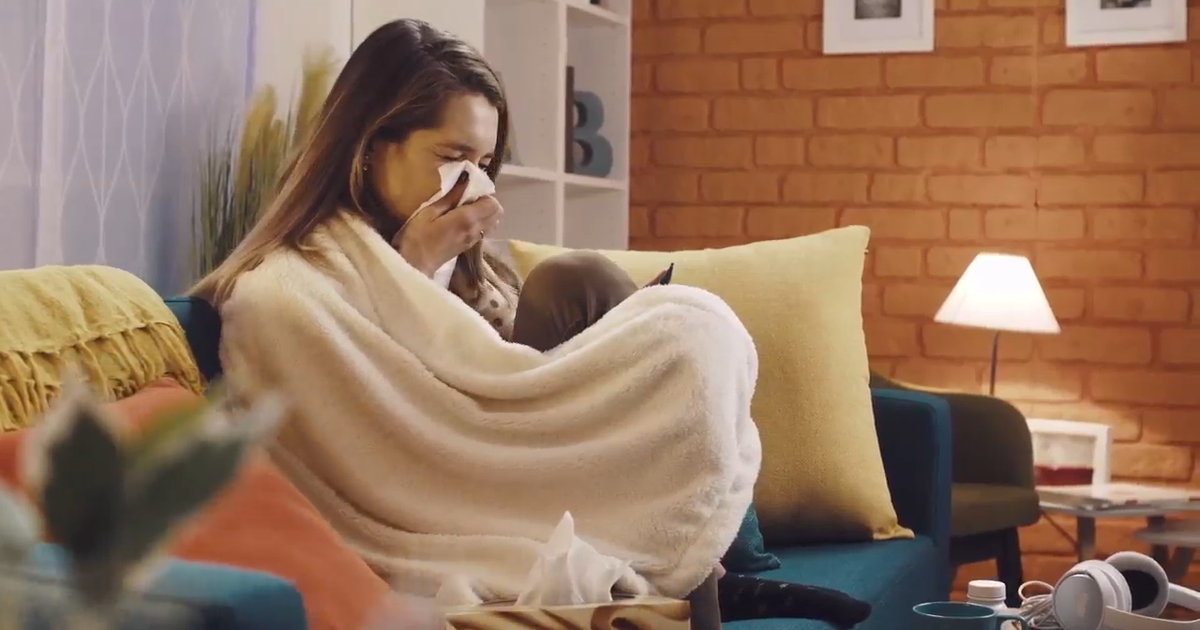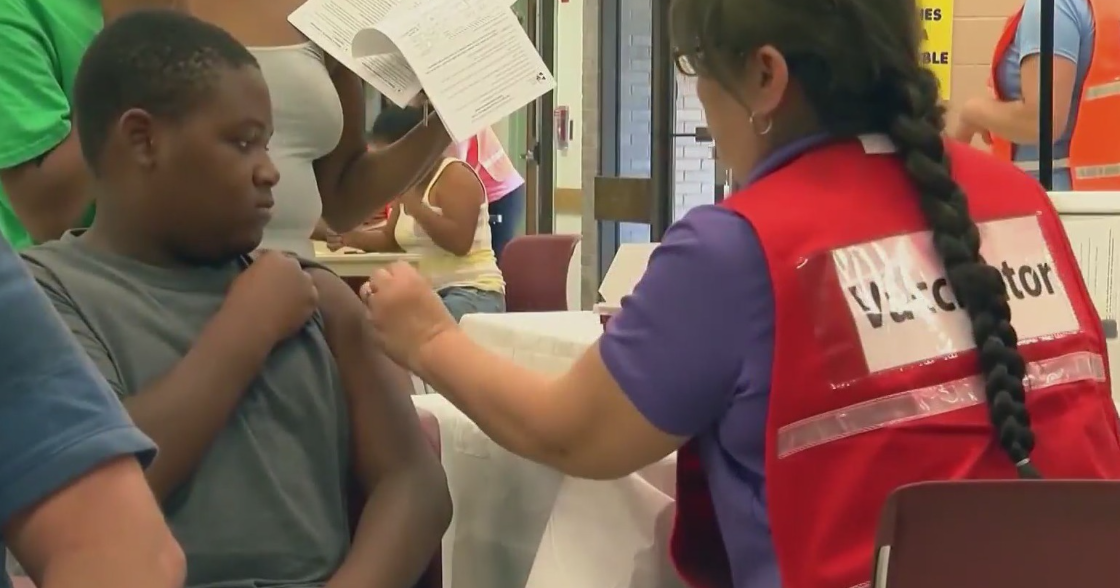How effective is this year's flu shot?
The United States is in the middle of flu season and new report from the Centers for Disease Control and Prevention says this year's flu vaccine appears to be working.
The CDC estimates the vaccine has reduced the risk of going to the doctor for flu-related illness by 47 percent overall this season. The effectiveness is even higher among children between the ages of 6 months and 17 years old, with the vaccine reducing doctors' visits by 61 percent.
"Numbers can change between now and at the end of the season. The important thing is the vaccine is providing some protection against the viruses that are circulating," Dr. Brendan Flannery of the CDC told CBS News.
The CDC says the predominant strain of the virus so far this season is H1N1 in most of the country, although a strain called H3N2 is predominant in the southeast.
Even though flu activity is lower than it was at this point last year, the illness is still responsible for somewhere between 155,000 and 186,000 hospitalizations and 10,000 to 16,000 deaths nationwide.
"That puts it on track to be a season with a substantial number of deaths that's likely to rise," Flannery said. "We also see 28 pediatric deaths so far this season, that's also unfortunately likely to rise."
Last season, the CDC estimated 80,000 Americans died of the flu and its complications. That was the deadliest toll in 40 years.
Health officials said that after a slow start, flu activity has been picking up in the past few weeks and is now the highest it's been all season. Experts stress if you haven't received a flu shot yet, there is still time to get one.
You can also help avoid illnesses like the flu by following these guidelines from the CDC:
- Wash your hands frequently with soap and warm water. If soap isn't available, use an alcohol-based hand sanitizer.
- Try to avoid close contact with sick people.
- If you are sick, limit contact with others as much as possible.
- If you have the flu, stay home for at least 24 hours after your fever is gone, except to get medical care or for other necessities.
- Avoid touching your eyes, nose, and mouth, as germs spread this way.
- Cover your nose and mouth with a tissue when you cough or sneeze and then throw the tissue away.
- Disinfect surfaces and objects that may be contaminated with germs like the flu.





